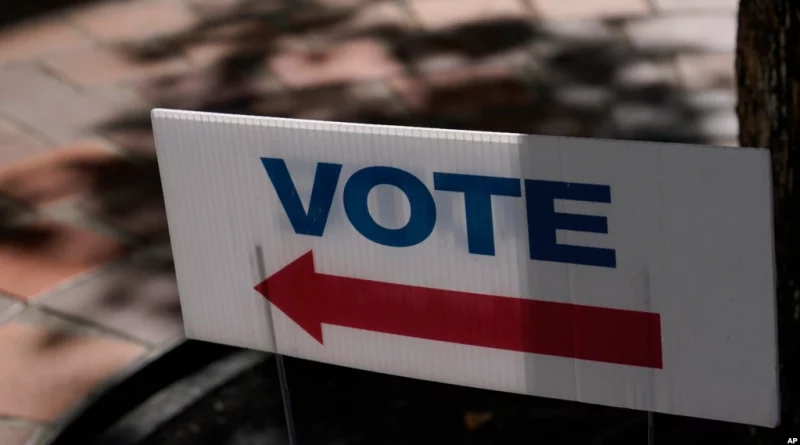U.S. midterm elections: who will go to the polls?
U.S. midterm elections: who will go to the polls?
Next Tuesday, November 8, Americans will go to the polls to vote in elections to determine which party will control the House and Senate for the next two years.
Many state legislative and executive branch elections will be held at the same time.
Historical data suggest that a relatively small percentage of eligible American adults, perhaps less than half, will actually use the ballot.
An August Pew Research Center poll found that only 36% of voters “paid much attention” to the upcoming election.
The average age of Americans coming to vote is likely to be higher than the general population.
Also, white voters are likely to be more active.
The Pew Center poll showed that 50% of registered voters over 65 years of age paid a lot of attention to the election, compared to only 20% in the 18 to 29 age group.
The percentage of white registered voters who said they paid a lot of attention to the election was 40 percent. By comparison, among Hispanics the percentage was 30%, among blacks it was 27%, and among Asians it was 17%.
Involvement in the upcoming election also correlates with factors such as education and income.
According to the Pew Center, involvement in the upcoming election was highest among those with a master’s degree or higher, at 40%.
Interestingly, while only 34% of bachelor’s degree holders said they were involved, among people with incomplete higher education, 40% of those surveyed said they were involved.
The lowest level of engagement, 32%, was among those whose education was limited to high school.
Generally, wealthy Americans are more likely to go to the polls than non-wealthy Americans.
Data from the U.S. Census Bureau shows that while 85 percent of household members with incomes over $150,000 voted in 2020, the figure was 72 percent for households with incomes between $50,000 and $75,000 and only 50 percent for households with incomes between $15,000 and $20,000.
Although the U.S. media has brought up many attention-grabbing topics over the past year, the state of the economy is considered the most important factor that will influence voters’ decision in November, with 77 percent of those surveyed by the Pew Center citing it as very important.
With high inflation exceeding 8 percent year-over-year and the threat of a looming recession, it is not surprising that voters are paying special attention to this issue.
This may not bode well for the Democratic Party, which currently controls the White House, the House of Representatives and the Senate.
In midterm elections, the incumbent’s party almost always loses seats in Congress. This year, the Republicans hope that, given the current slim margin, this situation will allow them to take control of one or both houses of Congress.
Federal elections in the United States take place every two years. Each time, the 435-seat House of Representatives and about one-third of the 100-seat Senate are completely re-elected.
